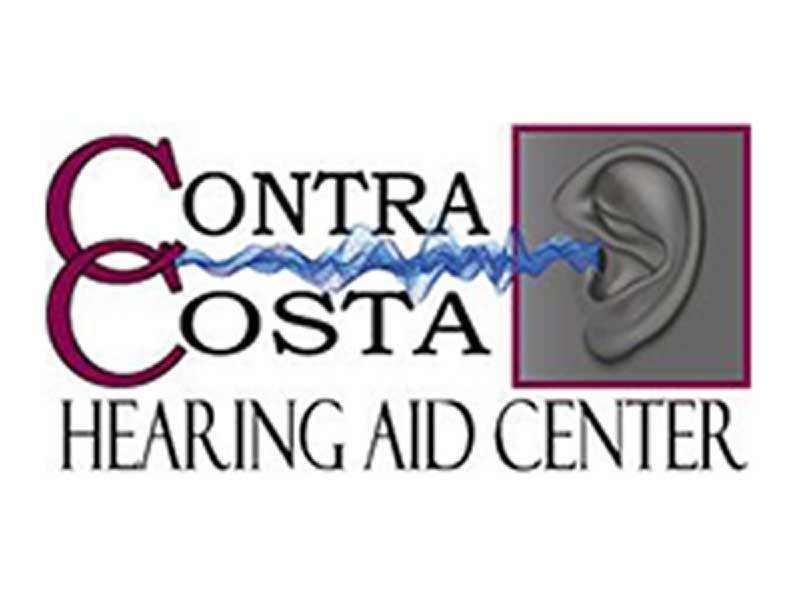As hearing instrument specialists, one of the frustrations we experience in our practice is that the issues that have caused hearing problems in our clients can’t be reversed. For example, one of the extremely common reasons for hearing loss is damage to the tiny, sensitive hair cells that line the inner ear and vibrate in response to sound. These vibrations are translated by the brain into what we think of as hearing.
The sensitivity of these tiny hair cells enables them to vibrate in such a manner, and thus enables us to hear, but their very sensitivity makes them extremely fragile, and at risk of damage. This damage may occur as the result of infections, medications, aging, and by extended exposure to high-volume noises, leading to noise-induced hearing loss, or NIHL. In humans, once these hair cells have become damaged or destroyed, they cannot be regenerated or “fixed.” Therefore, hearing professionals and hearing instrument specialists have to treat hearing loss technologically, using hearing aids or cochlear implants.
This wouldn’t be true if humans were more like fish and chickens. Although this may seem odd, it’s true, because unlike humans, some species of birds and fish can regenerate their inner ear hair cells if they become damaged, and thus get back their normal hearing. To name a couple such species, chickens and zebra fish have been shown to have the capacity to spontaneously replicate and replace hair cells that have become damaged, thereby regaining their full functional hearing.
While it is crucial to point out at the outset that the following research is in its beginning stages and that no practical benefits for humans have yet been achieved, sizeable advancements in the treatment of hearing loss may come in the future as the result of the groundbreaking Hearing Restoration Project (HRP). The not-for-profit organization, Hearing Health Foundation, is currently conducting research at laboratories in Canada and the United States Working to identify the molecules that allow the replication and regeneration in some animals, HRP scientists hope to find some way to stimulate human inner ear hair cells to do the same.
Because there are so many distinct compounds mixed up in regeneration process – some that assist in replication, some that hinder it – the scientists’ work is slow and difficult. Scientists are hopeful that what they learn about hair cell regeneration in avian or fish cochlea can later be applied to humans. The HRP researchers are taking a divide and conquer approach to achieve their joint goal. While some labs pursue gene therapies others focus on approaches using stem cells.
Although this research is still in it’s early stages, our office wishes them speedy success so that their results can be extended to humans. Absolutely nothing would be more thrilling than to be able to provide our hearing loss clients a true cure.
